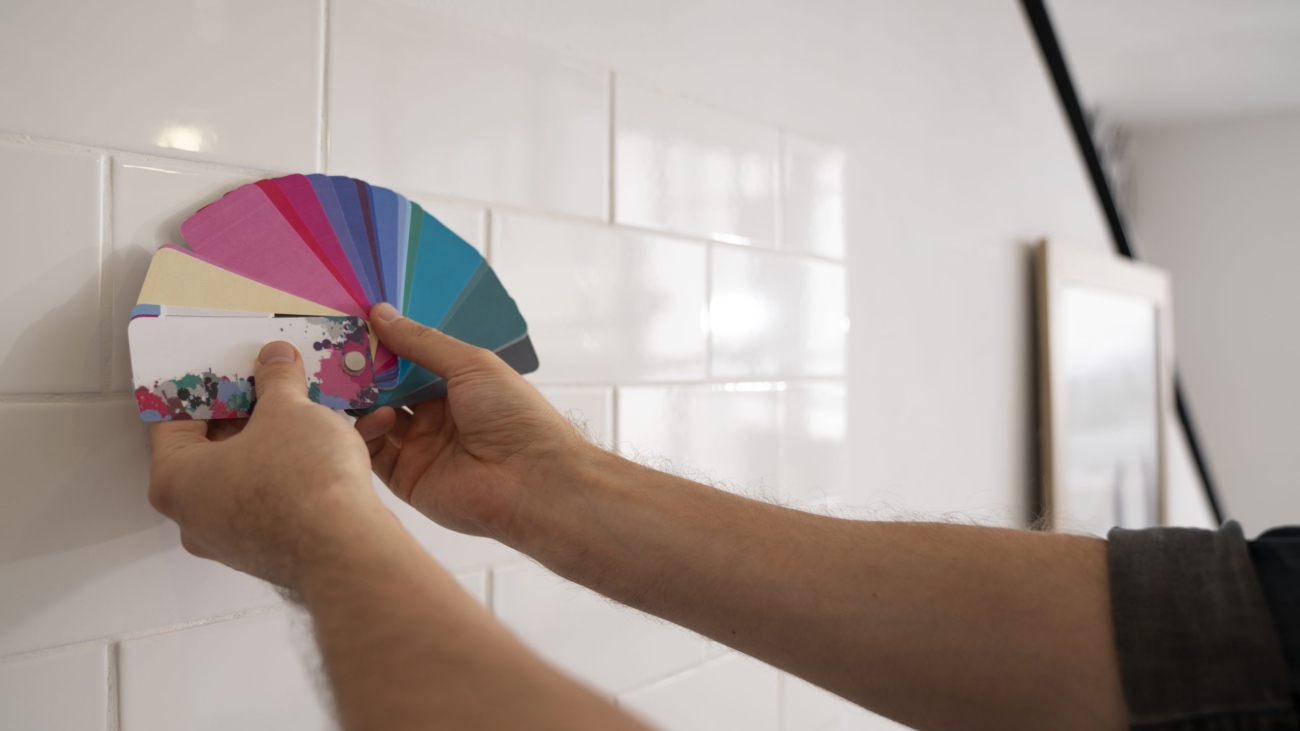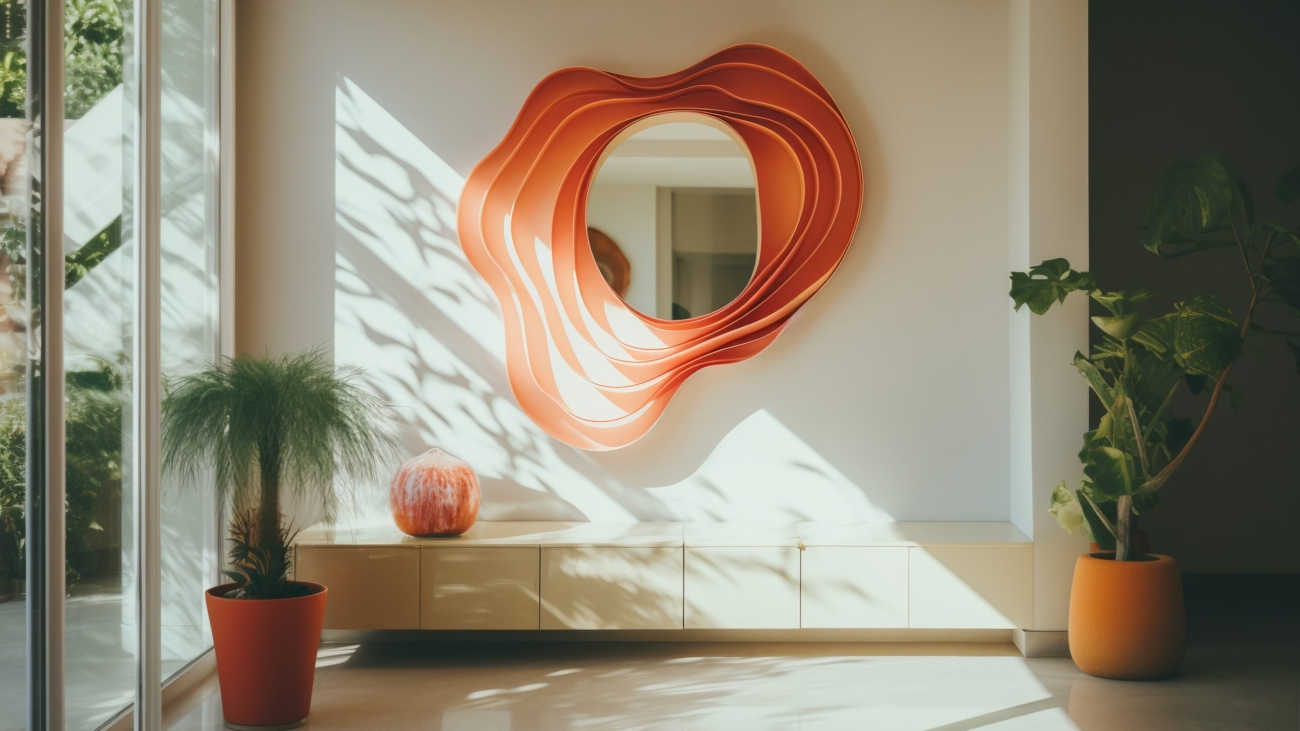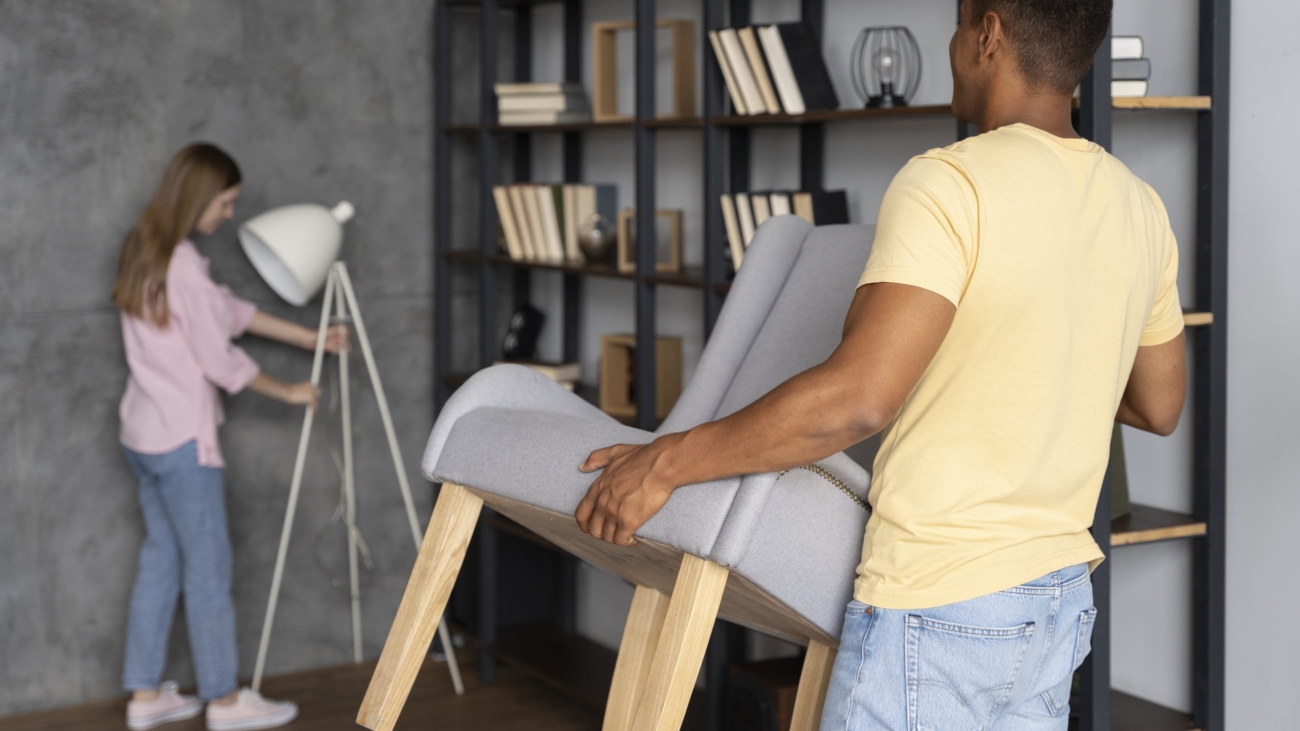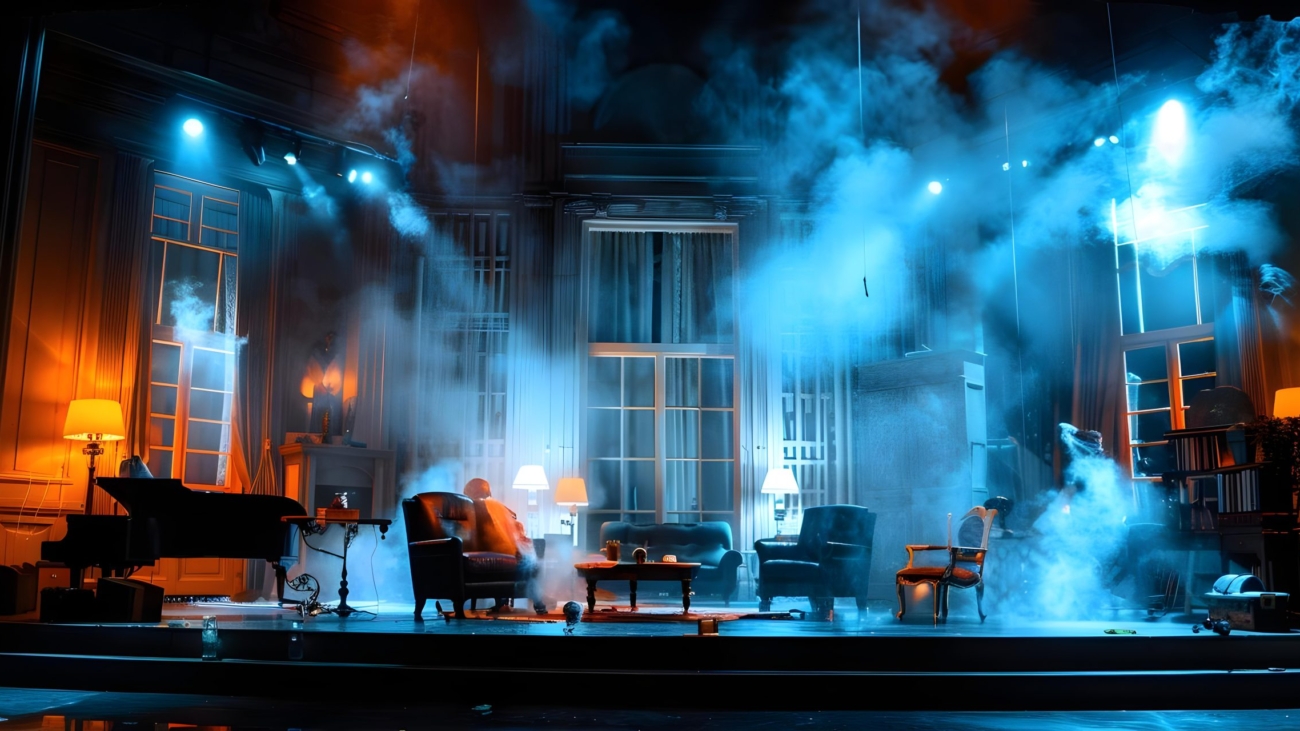Choosing the right paint color is one of the most crucial and challenging decisions in home staging. Over 40% of paint sold is the wrong color the first time! It’s a common struggle.
Just think about it: a single paint deck holds over 1,200 colors. No wonder most people feel overwhelmed!
But as a home stager and color consultant, you have the power to guide clients to the right choice, saving them time, money, and frustration. The right colors can transform a home, making it feel larger, brighter, and more inviting – helping it sell faster and for top dollar.
The Psychology of Color in Staging
Color has a profound impact on emotions and perceptions. It can influence how people feel in a space and how they interact with it. For example:
Warm colors like red and yellow create a cozy, inviting atmosphere.
Cool colors like blue and green promote relaxation and calm.
Bright, vibrant colors energize a room, making it feel lively and cheerful.
In home staging, the goal is to strike a balance. Neutral enough to appeal to a wide range of buyers but not so bland that it lacks personality.
A sea of beige can feel uninspiring. But a home with too many taste-specific colors can turn buyers away. That’s why finding the perfect neutral paint color is key.
The Three Keys to Understand and Define Color
Most people struggle to see subtle differences in color, especially on small paint swatches. That’s why understanding three key ways to define color will help you make the right choices.
- Light vs. Dark or Tints vs. Shades
This refers to the amount of white or black in a color—also known as its tint (adding white) or shade (adding black).
For example, let’s look at Sherwin Williams’ Cocoa Whip (SW9084). It’s darker than Realist Beige (SW6078) but lighter than Sable (SW6083).
On a paint strip, you’ll see different tints and shades of the same hue. Why does this matter? Darker colors recede, making a space feel smaller and cozier. Lighter colors advance, making a space feel more open.
- Warm vs. Cool Tones
This refers to whether a color has more yellow or blue undertones.
Warm colors (reds, oranges, yellows) feel cozy and inviting. Cool colors (blues, greens, purples) feel refreshing and calming.
You’ll want to consider the direction a room faces, too. This can also influence how color reads.
North-facing rooms receive cooler light, so warm tones can balance it out. South-facing rooms get warm light, so cooler tones can keep the space from feeling too hot.
- Clean vs. Dirty or Vibrant vs. Muted Colors
This is the trickiest, but possibly the most important, way to define color.
Clean colors are pure and vibrant. Dirty colors are muted with hints of gray or brown.
When clean and dirty colors are mixed incorrectly, something feels “off.”
Knowing how to balance clean and dirty colors is crucial to making a home feel fresh and modern.
Staging pro tip: Colors that are a little “dirtier” can often feel more expensive. If a space feels like it is lacking a luxury quality, ask yourself if the colors in the room are too “clean.”
By mastering paint color selection, you become the expert that homeowners and agents turn to for guidance—before they make costly mistakes.
These are all our favorite paints (white included)!
Pro Tips for Selecting Paint Colors for Staging
✔️ Stick to soft, muted tones – Avoid highly saturated colors.
✔️ Use contrast to add depth – Pair light walls with dark accents.
✔️ ️ Test colors in the actual space – Paint swatches on poster board, not directly on the wall.
✔️ Choose finishes wisely – Flat for ceilings, eggshell for walls, semi-gloss for trim.
Become the Color Expert Homeowners Trust
As a home stager, understanding color theory gives you a major competitive edge. You’ll be able to:
✅ Choose the perfect neutral without guessing.
✅ Guide sellers to smart color choices that increase home value.
✅ Avoid common color mistakes that turn buyers off.









